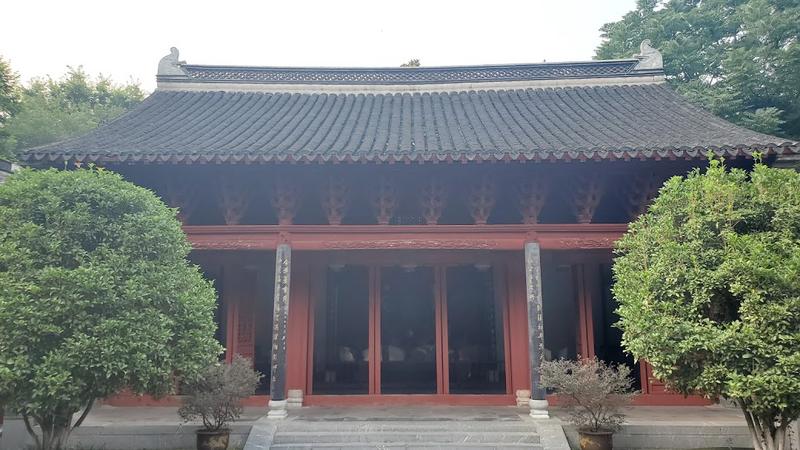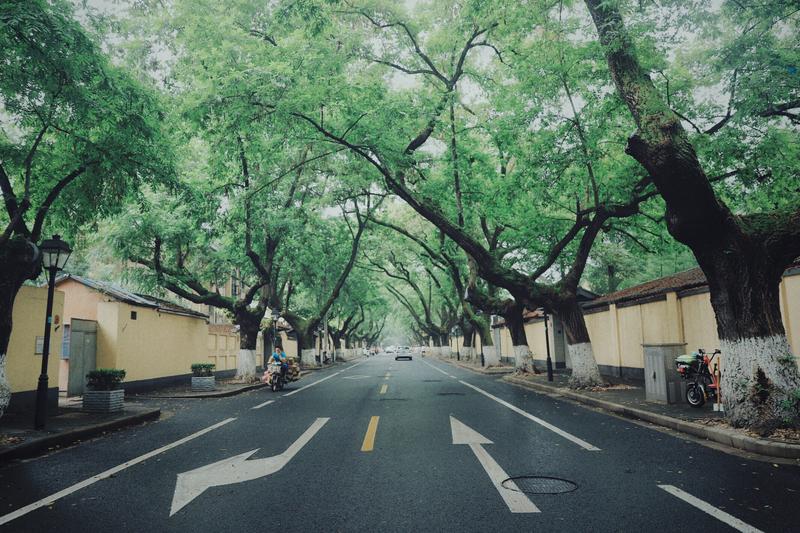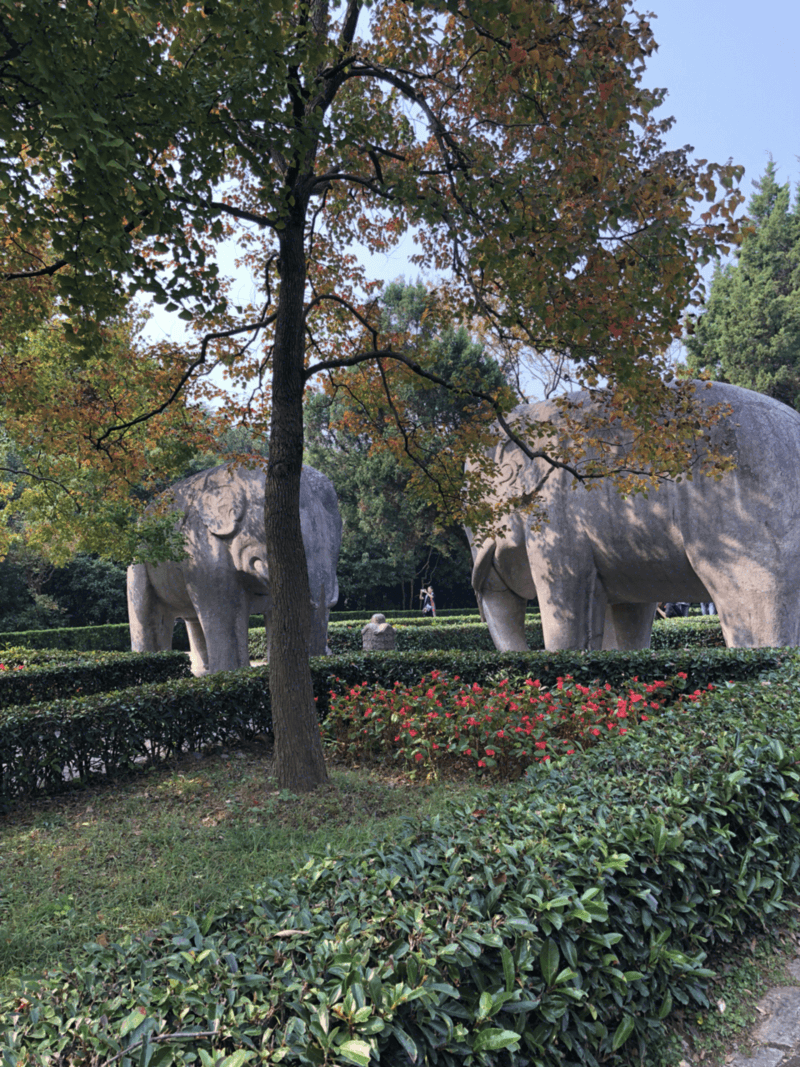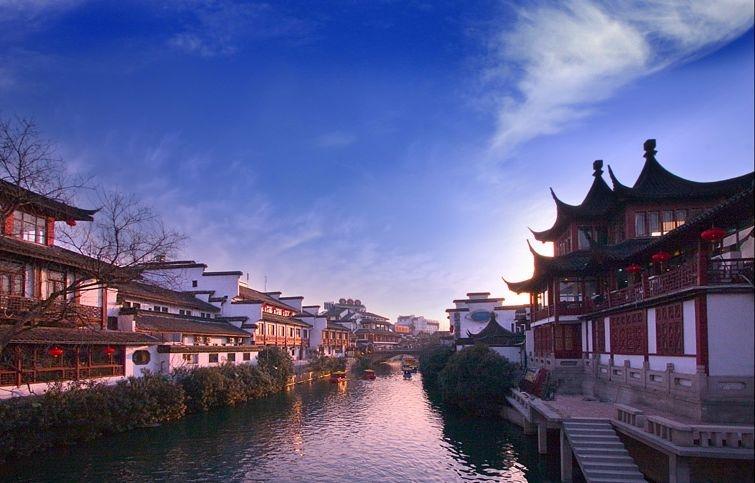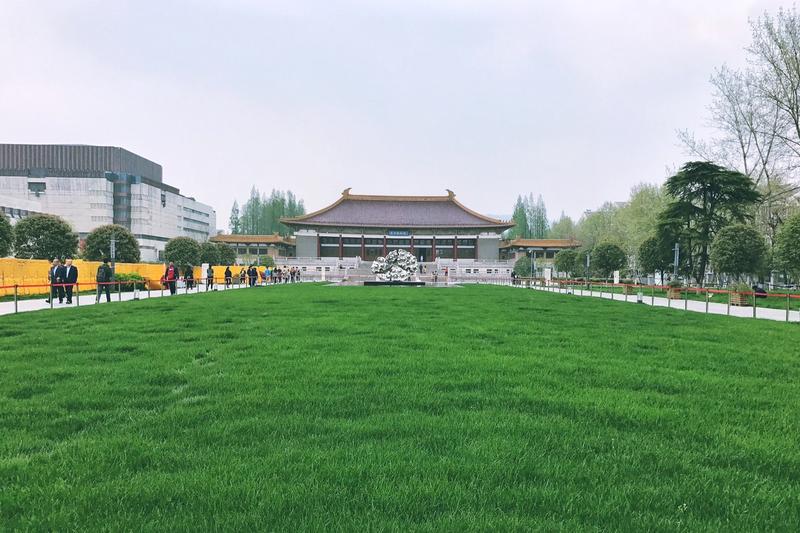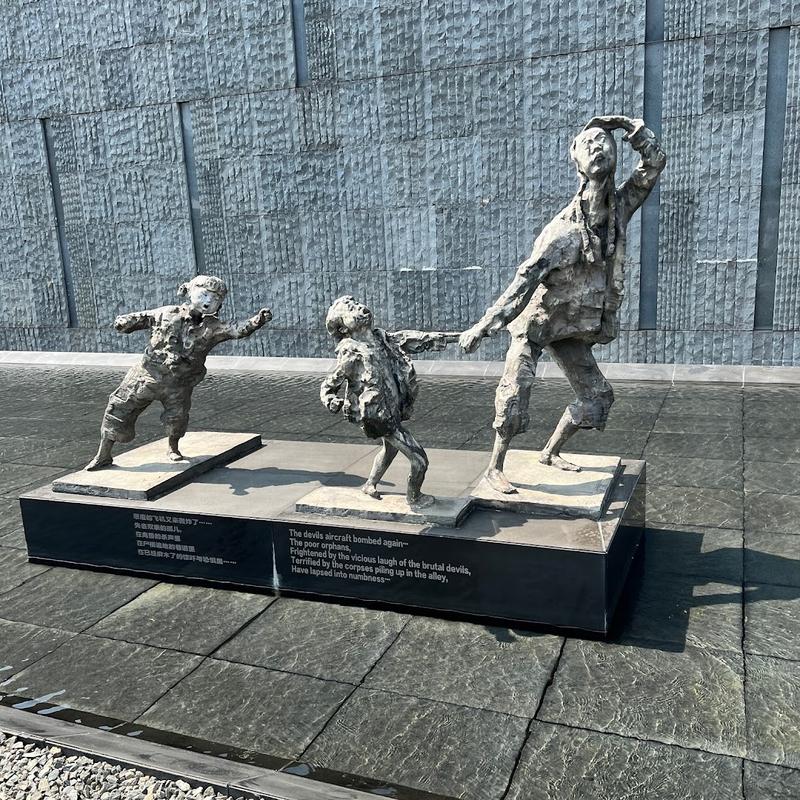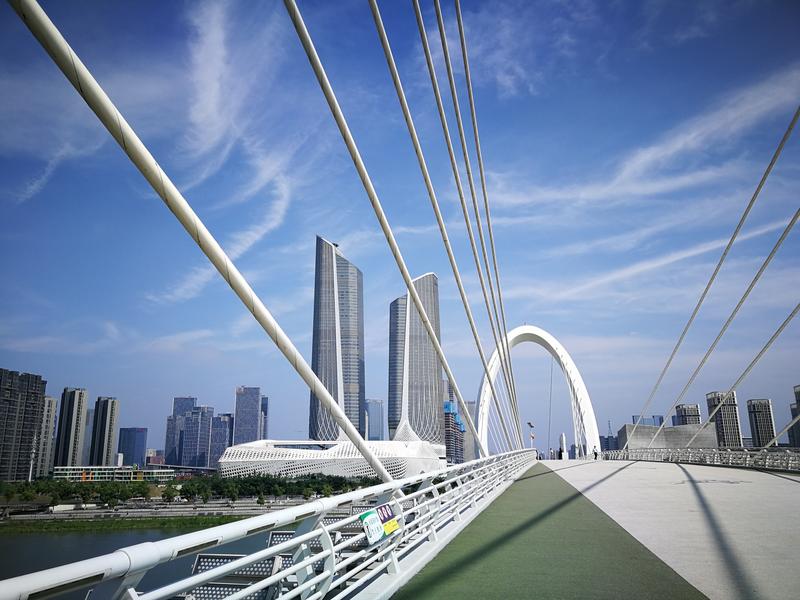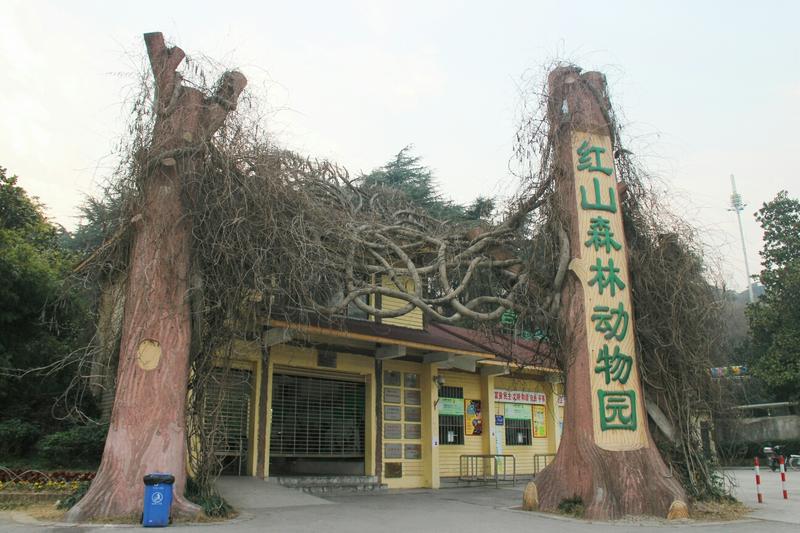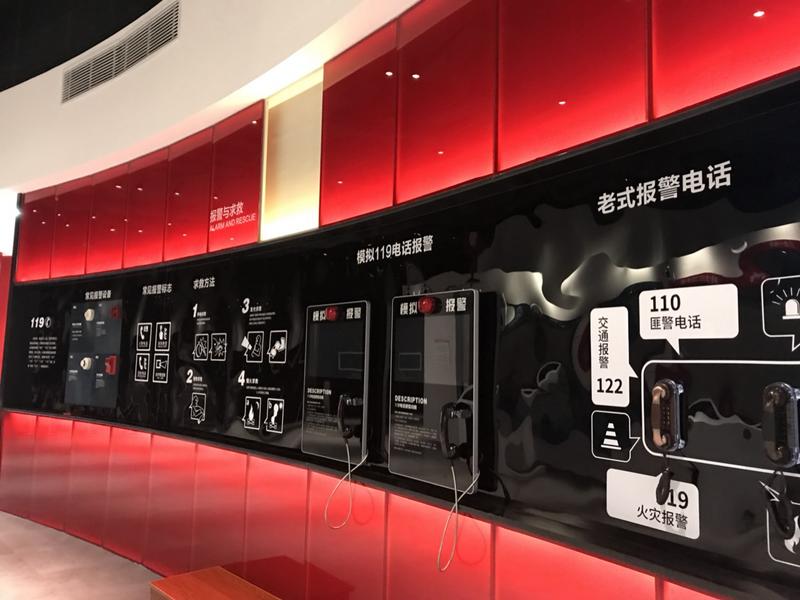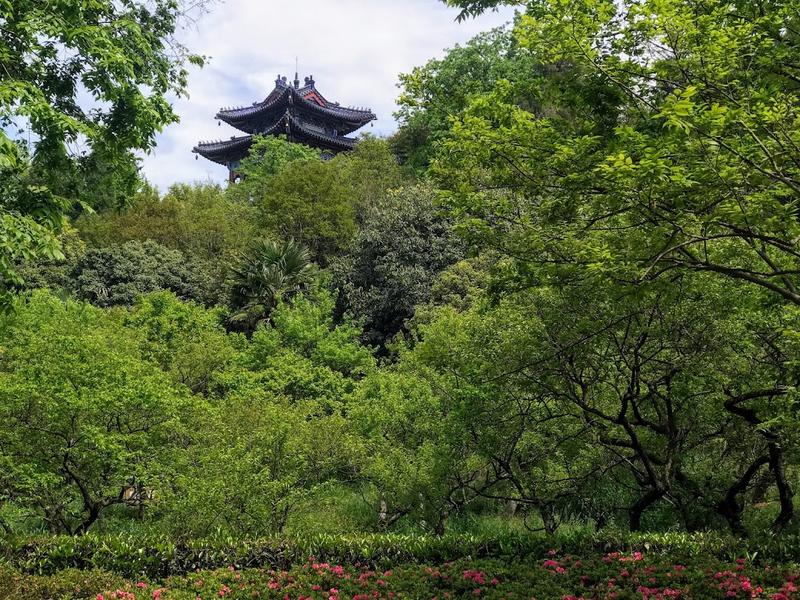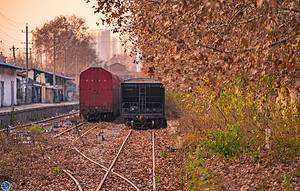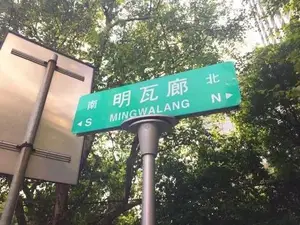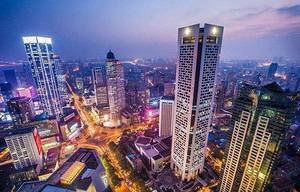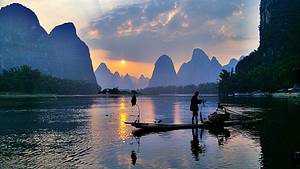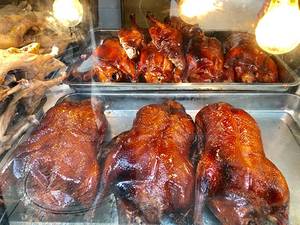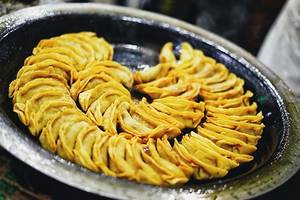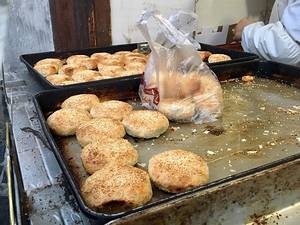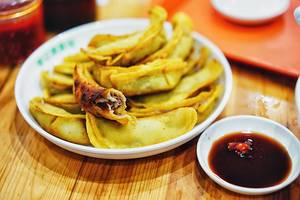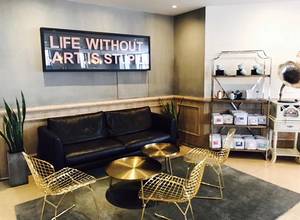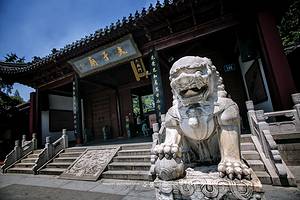Nanjing Cultural Crossing, 4 Days
1 cities |
12 attraction(s) |
total distance 96
km
 TIPS
TIPS
Day1
Day2
Day3
Day4
Day1: Nanjing
4 attraction(s) ·
14 km
1
The president's office is housed in this historic, Baroque building restored after World War II.
6
km
2
- The tomb of Mr. Sun Yat-sen is located in Zhongshan Scenic Area, and the burial site is in the shape of a "warning bell". It is the first tomb in modern Chinese architectural history and is well worth a visit.
- Climbing to the top of Zhongshan Tomb requires ascending many steps, but there are platforms to rest on every few steps, making the design quite ingenious. It's worth taking note of.
- Within the scenic area, there are several commemorative buildings such as a music pavilion, Xingjian Pavilion, Guanghua Pavilion, Liu Hui Pavilion, and a scripture tower, which are all worth visiting.
- Visiting the tomb requires the advance booking of entrance time. It is recommended to book tickets at least one day in advance, or to purchase package tickets for convenience in touring. There are also sightseeing vehicles available in the scenic area.
2
km
4
Confucius Temple is a cultural relic in Nanjing city, which has become a iconic center of the Qinhuai River scenic belt due to its unique historical and cultural significance and pleasant environment. The Qinhuai River flows through the Confucius Temple, connecting it with other attractions such as Zhan Garden, Bailu Zhou Park, and Zhonghua Gate. The buildings and the waterborne cruises along the shores of the Qinhuai River Basin are also an important part of this landscape. At night, the temple fair here complements each other, presenting the most prosperous side of Nanjing, known as the "Ten Mile Pearl Curtain".
Day2: Nanjing
4 attraction(s) ·
21 km
1
The museum located in Nanjing is one of the oldest museums in Chinese history and one of the three largest museums in China. It has a collection of over 420,000 precious cultural relics, including historical relics, works of art and intangible cultural heritage. The exhibits not only have ornamental value, but also provide important reference materials for historical and cultural research. The famous Luoyang Gate of Dadu Monastery shown in the popular TV program "National Treasure” is also collected in this museum. In addition, the museum adopts a free admission policy, and visitors can enter for free by registering with valid identification.
8
km
2
Grim memorial museum with exhibits documenting the horrors of the 1937 Nanjing Massacre.
6
km
4
"Nanjing Eye" is the first sightseeing pedestrian bridge on the Yangtze River with two huge circular rings connected by inclined steel cables on its 800-meter-long bridge. When the night falls, the lights on the bridge will change to different colors, creating a beautiful scenery.
Day3: Nanjing
4 attraction(s) ·
24 km
1
The zoo is located north of Xuanwu Lake in Nanjing, adjacent to Nanjing Train Station. The zoo, formerly known as Xuanwu Lake Zoo, has been relocated and rebuilt here. It has a total of 37 enclosures, including the Xiaohongshan Bird Zone, Dahongshan Predator Zone, Fangniushan Primate Zone, Large Herbivorous Animal Park, and Amphibian and Reptile House. In addition, the zoo is known for its unique forest landscape, abundant animal resources, and colorful themed activities, making it one of the most distinctive zoos in China.
12
km
2
The Nanjing Science and Technology Museum is located in the Ningnan New District of Yuhuatai District, Nanjing City, with an area of approximately 300,000 square meters. The main building of the Science and Technology Museum covers an area of approximately 30,000 square meters. As a national AAAA-level tourist attraction, a national popular science education base, and a Jiangsu provincial popular science education base, the Nanjing Science and Technology Museum is a great place for science and technology interactive experiences. The Science and Technology Museum consists of the main exhibition hall, a science cinema, and other supporting facilities. The main exhibition hall is divided into permanent exhibition halls, non-permanent exhibition halls, and an international conference and exchange hall. The permanent exhibition halls include the exploration of the universe, the wonders of the Earth, the wisdom of masters, the creation of the world, the ocean of knowledge, and the children's science and technology park, totaling more than 350 exhibits, of which more than 70% are interactive projects. The Nanjing Science and Technology Museum is in a superior geographical location with charming scenery, making it a must-visit tourist destination.
7
km
3
Grim memorial museum with exhibits documenting the horrors of the 1937 Nanjing Massacre.
5
km
Day4: Nanjing
4 attraction(s) ·
15 km
1
Renowned national botanical garden, with 5 research centers & 1000s of species on display.
2
km
2
The museum located in Nanjing is one of the oldest museums in Chinese history and one of the three largest museums in China. It has a collection of over 420,000 precious cultural relics, including historical relics, works of art and intangible cultural heritage. The exhibits not only have ornamental value, but also provide important reference materials for historical and cultural research. The famous Luoyang Gate of Dadu Monastery shown in the popular TV program "National Treasure” is also collected in this museum. In addition, the museum adopts a free admission policy, and visitors can enter for free by registering with valid identification.
8
km
3
Grim memorial museum with exhibits documenting the horrors of the 1937 Nanjing Massacre.
5
km
4
Confucius Temple is a cultural relic in Nanjing city, which has become a iconic center of the Qinhuai River scenic belt due to its unique historical and cultural significance and pleasant environment. The Qinhuai River flows through the Confucius Temple, connecting it with other attractions such as Zhan Garden, Bailu Zhou Park, and Zhonghua Gate. The buildings and the waterborne cruises along the shores of the Qinhuai River Basin are also an important part of this landscape. At night, the temple fair here complements each other, presenting the most prosperous side of Nanjing, known as the "Ten Mile Pearl Curtain".
